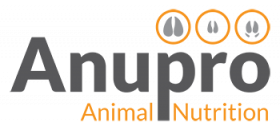
Feeding
Feed is the biggest variable cost on farm and at the same time one of the largest potential areas of economic loss. At Anupro, all our systems are based on optimising feed efficiency and a key part of this is maintaining management practices that facilitate good feeding behaviour.
These include:
Feeding behaviour is often influenced by external factors with the most important of these being the stockperson. Allowing the animal to decide when to feed is highly beneficial in terms of rumen function and feed efficiency. Ad lib and free access to fresh feed and water will result in more frequent and smaller meals, which has been shown to improve rumen function and feed utilisation. This feeding approach has the potential to improve feeding efficiency, production, fertility, health and welfare, leading to improved farm profitability.
Another important external factor which can affect feeding behaviour and water consumption is social dominance or hierarchy. Feeding behaviour will alter dramatically if there is a threat of bullying or injury. Animals will change their feeding behaviour to avoid confrontation and this often results in a reduction in the average feeding time, increased feeding rate, and consumption of meals during concentrated periods of the day. These adjustments are against the animal’s natural desired pattern which will inevitably place the rumen at greater risk of sub-acute ruminal acidosis, reduce performance and increase the risk of disease.
Feed Trough Design
There is considerably more feed wastage at the trough than is taken account for. Feed is the biggest variable cost on farm and at the same time one of the largest potential areas of economic loss. Addressing feed trough design is a proactive strategy to reduce total concentrate consumption per animal by simply reducing feed wastage. This approach will improve both feed efficiency and the profitability of the business, reducing feed cost per unit of production.
When feeding ad libitum, all animals should have access to multiple feed and water troughs. Troughs should have good access, visibility and be free from threat. Animals of lower social dominance will not want to put their head inside a closed space to eat or drink.
In terms of feed trough design, keeping feed fresh and free from contamination is key to encouraging intake and a trough designed to reduce wastage will improve feed efficiency. There are many different designs of feeders but not all feeder designs work equally well. In particular, troughs with an inside lip, as opposed to an outside lip, will greatly reduce feed wastage caused by animals scooping feed during consumption.
If feed is limit-fed, there needs to be enough feed space for all animals in the group to feed at one time.
Irrespective of feeding system, ad lib or limit-feeding, animals that do not get adequate quantities of feed in an appropriate manner will have suboptimal performance and be more susceptible to disease.
Auger Feeding Systems
Flex-Auger based feeding systems transport feed quickly from a central point to individual pens and feeders. It can carry high amounts of feed per hour through tubes with built-in augers and is suitable for all types of feed. It offers an opportunity to provide a continuous supply of fresh feed and also dramatically reduce feed wastage.
Advantages of this system include:
Water Quality and Trough Design
Water quality and water trough cleanliness are extremely important in optimising livestock performance. However, these two vital elements of successful production are often neglected by farmers. Contaminated water discourages livestock from drinking which will cause suboptimal performance and health. Contaminants also encourage the growth of microbes which can reduce palatability and increase susceptibility to disease.
Water troughs should be placed for easy access and the appropriate size to allow regular total replenishment and easy cleaning. Furthermore, consideration should be given to having access to more than one trough per pen of animals. Water troughs should be inspected daily at a minimum and cleaned out upon any sign of contamination.
Dosatron
Anupro specialise in addressing all of the animal’s needs in the most efficient way. Our production programmes include the delivery of nutritional supplements through the water system; Maxvital and Maxvital-D. To do this as efficiently as possible we advocate the use of a dosatron system. Dosatron systems allow the administration of product via water systems in a controlled manner. They use volumetric proportioning so that nutrient mixtures remain the same regardless of variations in pressure and flow.
Fresh air is of extreme importance in any animal production system and relying on natural ventilation continually places livestock at risk of disease. Whilst clinical illness might be sporadic, inflammation within the respiratory tract can be continuous; reducing production potential, increasing the risk of disease and resulting in poor feed utilisation. Positive Pressure Ventilation Systems remove aerosolised pathogens to prevent pneumonia (e.g. mycoplasma), remove irritants (ammonia etc.), reduce moisture accumulation, remove dust and increase oxygen levels. All of the above will reduce inflammation in the respiratory tract, reducing the risk of disease and subsequent antibiotic usage. Furthermore, with less energy and protein being partitioned towards an immune response, more is diverted towards production; improving growth rates / milk production, and optimising production potential.
Positive pressure ventilation systems will also assist in maintaining a more consistent ambient temperature. High environmental temperature affects feeding behaviour and heat-stressed animals will change their feeding pattern by concentrating feeding events in cooler periods of the day, leading to an increased risk of sub-acute ruminal acidosis. Having a continuous air flow will reduce the risk of heat stress and maintain more consistent rumen functionality.
Specification
Any shed, including low roof buildings, can be adapted without significant investment in new infrastructure. Single systems can be fitted in sheds of up to 50m in length, with customisation of hole placement according to shed layout. Variable fan speed allows adaptability to different shed specification and optimisation of air turnover rates.
Our partner JF McKenna supply the latest technology in positive pressure systems and can tailor systems to meet all your production needs.
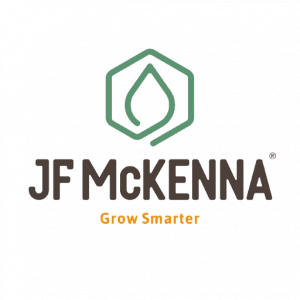
All of the above will reduce inflammation in the respiratory tract, reducing the risk of disease and subsequent antibiotic usage. Due to more energy and protein being diverted to production, growth rates / milk production will improve.
Please contact Anupro for specific fan and air duct specification to optimise the response within your building.



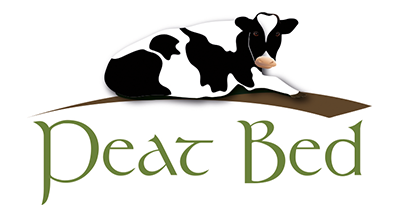 Cubicle Bed from Peat Bed is a new and innovative bedding material specially formulated for bedding cow cubicles and youngstock housing.
Cubicle Bed from Peat Bed is a new and innovative bedding material specially formulated for bedding cow cubicles and youngstock housing.
The peat is harvested and screened to obtain the optimal ultra-fine particle size. It is then blended with a liming agent which ensures optimal pH, reducing the establishment of harmful bacteria. Not only does Cubicle Bed ensure a clean, dry and comfortable cubicle for the animal, it also eliminates the need for the farmer to mix his bedding material with lime, saving time and effort.
Why use “Cubicle Bed”?
Cattle spend more than half their lives lying down, and with 16 lying bouts a day cubicle comfort and hygiene is essential. The cushioning effect of Cubicle Bed helps to increase the level of comfort whilst reducing animal injuries and abrasions.
Of all of the available bedding materials, peat has the highest absorbency factor with the ability to absorb up to 10 times its own weight. The ultra-fine particle size of Cubicle Bed allows for maximum coverage in a cubicle shed, thereby keeping the cows dry and comfortable. High absorbency keeps cows cleaner, greatly reducing the bacterial count and potential for mastitis. The special formulation of Cubicle Bed, with a pH between 8.5 and 10, keeps the harmful bacteria count as low as possible.
Cubicle Bed will cause minimal problems in a slurry tank and when spread on land is the ideal soil conditioner. Due to its ultra-fine particle size, the peat remains suspended in slurry when in a tank. With its high pH and soil conditioning characteristics, the use of Cubicle Bed adds value to the slurry for spreading on land.
Cubicle bed is available for delivery in Ireland and the UK, in a range of packaging to suit the needs and budgets of farmers. We provide semi-bulk bags or bulk lorry loads. Cubicle Bed comes in different bag sizes; 1.0m3 bag, 2.0m3 bag or in bulk truck loads. These bags are easily stackable on pallets. The product will last for months in storage without any deterioration in quality.
Please contact Anupro for more details.
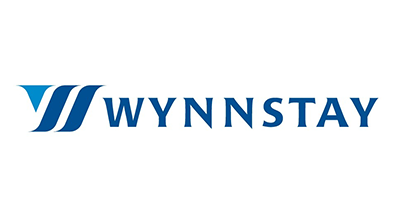
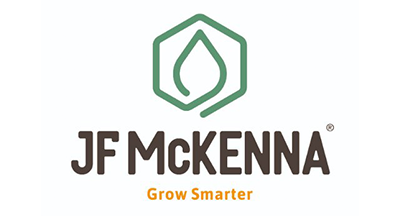
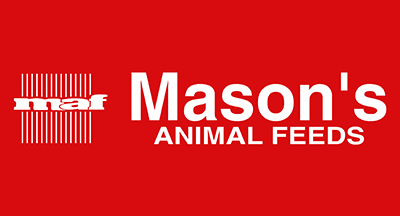
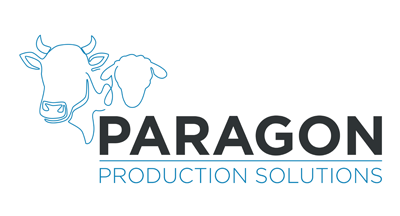
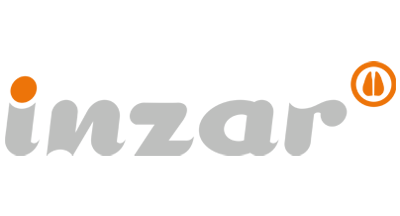


Accreditations
Anupro place quality assurance as a top priority with complete traceability of our entire product range. We participate in assurance schemes which have been developed to ensure optimum feed and animal safety.
As well as addressing the key elements of animal production systems; nutrition, housing and health, Anupro maintain an astute awareness of the environment and energy usage and all our processes are optimised for environmental sustainability.